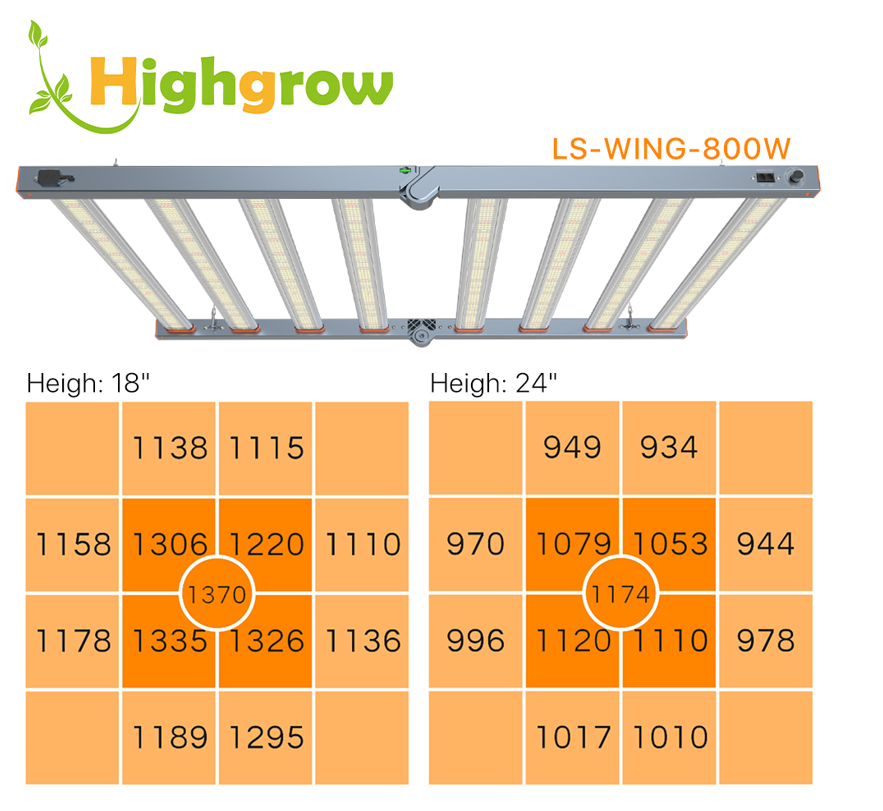What are PAR, PPF and PPFD, and why should you care?
Author: Carrie
As a grower, you have a lot to care about. Plant life cycle, grow light positioning, heat, light spectrum, space and market are all very important factors to consider when building a greenhouse or growing area.
As you explore the world and unravel the different metrics and grow lights and systems you need for optimal yields and healthy, tasty plants, you'll come across a wall of acronyms. These acronyms -- PAR, PPF, PPFD -- juxtapose with terms like watts, lumens, photon efficiency, and LUX, which are critical in helping you create the perfect grow space and yield.
It's not as complicated as it sounds. In this guide, we explain exactly what PAR, PPF, and PPFD mean, and the exact reasons why you should care…
What is PAR (Photosynthetically Active Radiation)?
PAR stands for Photosynthetically Active Radiation and describes the wavelengths of light in the visible range of 400-700nm. It was originally defined by research conducted by Dr Keith McCree in the early 1970s, and was described as the type of light required for photosynthesis. PAR does not measure light, but a term that helps growers determine the type and amount of light needed to optimize plant yield and health. PAR light is utilized by grow light systems to simulate natural light and can be optimized with other light solutions to vary optical density, usage and measurement.
For growers, PAR is a term used to help fully achieve optimal lighting layout and use. This is also an important consideration when buying grow lights - make sure you fully understand how much PAR they produce, how much energy they use to produce PAR, and how much PAR can be used by plants. These are some basic considerations to manage before you sign on the dotted line.
What is PPF (Photosynthetic Photon Flux)?
PPF is the term used to define the PAR measurement. It stands for photosynthetic photon flux, and its value determines how much PAR any one lighting system produces in one second. PPF is the second important ingredient in your formula to provide the perfect lighting for your growing space. This can help you determine exactly how much light your grow lighting system produces can be used by plants for photosynthesis.
For growers, measuring PPF requires an equal understanding of the process and mathematical patience. There are PPF measurement tools on the market, but you can work with a trusted partner who can help you create a lighting system that is efficient enough to deliver the PAR and PPF you need. PPF is measured in micromoles per second (µMol/S) - 1 micromol is approximately 602 trillion photons (Source: LED Gardener)
What is PPFD (Photosynthetic Photon Flux Density)?
The third part of the PAR equation is the PPFD. This stands for Photosynthetic Photon Flux Density, which measures not only PPF but also surface area. PPFD is measured in micromoles per second per square meter (µMol/m2/S), and it determines exactly how many PAR photons land in a particular area. PPFD is about how many of those essential photosynthetic photons are actually affecting the growth area, and how well those lights work when output.

It is important for growers to ensure that the PPFD data you obtain from the grow light manufacturer is accurate and covers the entire lighting area. It's relatively easy to process this information, so consider factors such as distance from the light source, many measurements that account for the average, and min/max ratios before purchasing. This is another great reason why you should work with a trusted Growth Lights partner who can provide you with the relevant metrics and the right tools to fully benefit from PAR, PPF and PPFD.







